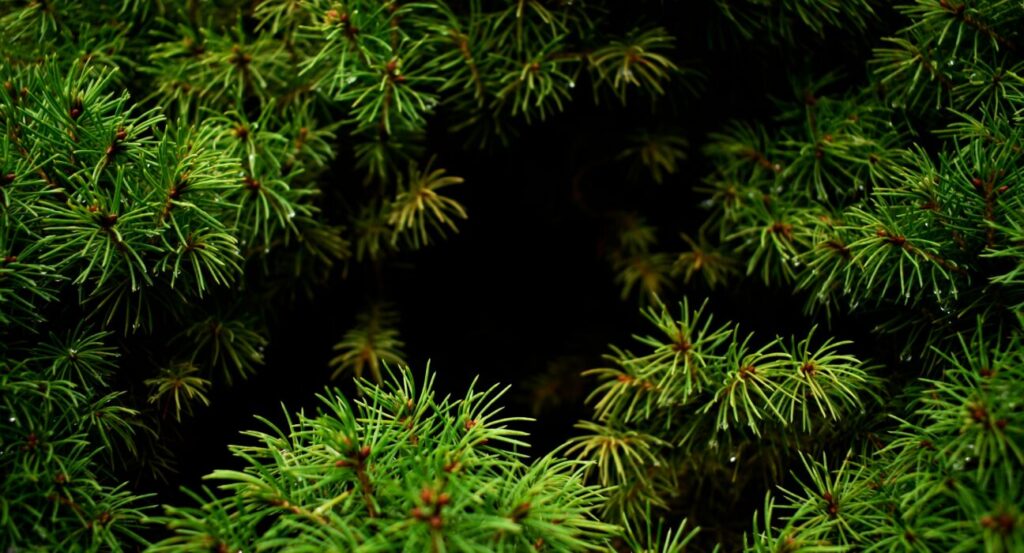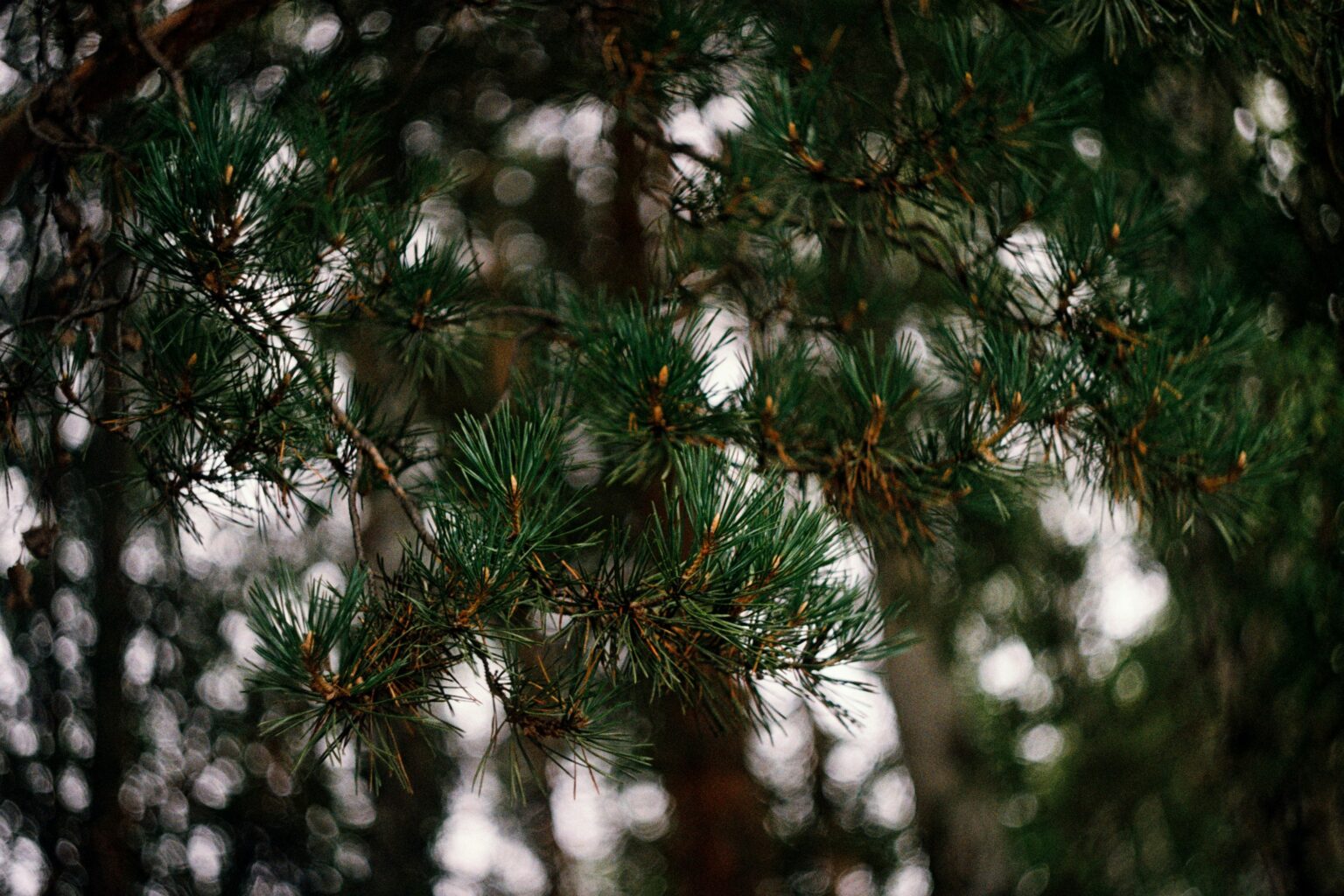In an era where technological advancement dominates almost every aspect of our lives, a unique innovation known as Pine Cam Technology is drawing attention for its unconventional yet impactful approach—melding nature with modern digital capabilities. While the name might sound novel or even rustic, Pine Cam Technology is far more than a curious term. It represents a movement towards sustainable surveillance, wildlife observation, environmental monitoring, and even eco-conscious innovation in remote security systems.
This article delves deep into what Pine Technology is, its evolution, use cases, environmental benefits, and how it symbolizes a fusion between organic ecosystems and smart solutions. We’ll also answer commonly asked questions at the end.
What is Pine Cam Technology?
Pine Cam Technology is a term often used to describe nature-integrated camera systems—typically surveillance or wildlife monitoring cameras—strategically hidden or camouflaged within pine trees or natural forestry settings. These setups are not merely about hiding a device in a tree; they involve the seamless blending of sensors, lenses, and power supplies into natural environments for unobtrusive operation.
Originally developed for wildlife researchers and forestry departments, Pine Cam Technology has evolved to serve homeowners, park rangers, and even military applications. The name itself is symbolic, combining pine (nature) and cam (camera/technology), illustrating the core mission: coexistence of technological utility with natural harmony.
Click On Read: – World Through Technology
The Origins and Evolution
The idea behind Pine Cam Technology started with simple trail cameras. These early devices, triggered by motion sensors and used to capture wildlife movements, were mounted in forests for research. However, they often stood out in their environment and disrupted animal behavior or became easy targets for theft or vandalism.
To address these issues, engineers and ecologists began exploring ways to blend cameras into the environment more naturally, particularly using pine trees and other dense foliage. Pine trees, with their coniferous leaves, tall trunks, and year-round greenery, became the ideal base for this integration.
As technology progressed, these cameras were enhanced with:
- High-resolution night vision
- Thermal imaging
- Solar power modules
- Wireless data transmission
- AI-powered motion detection
Today, Pine Cam Technology has transcended its original use, becoming a tool in areas like eco-tourism, smart farming, home security, and even climate data collection.
How Pine Cam Technology Works
Pine systems typically consist of the following components:
1. Camera Unit
Modern units come with 4K resolution, infrared night vision, and wide-angle lenses. They are often weather-sealed and anti-fog coated for durability.
2. Camouflage Casing
These are designed to look like pine bark or tree cavities, making them virtually invisible to humans and animals alike. Some even use real bark as exterior cover.
3. Power Source
Most use solar panels, mini wind turbines, or battery packs. Advanced units can harvest kinetic energy from tree movement.
4. Transmission Module
With 4G/5G support and Wi-Fi connectivity, data can be sent to cloud servers in real time, often encrypted for security.
5. Sensor Systems
Motion sensors, temperature gauges, sound triggers, and AI-based recognition systems are embedded to initiate recordings only when relevant.
Key Applications of Pine Cam Technology
1. Wildlife Monitoring
Perhaps the most traditional use, Pine Cams allow researchers to study animals without human interference. Endangered species, like the snow leopard or Siberian tiger, have been monitored successfully using these cams.
2. Forest and Environmental Surveillance
Forestry departments use them to monitor for illegal logging, poaching, or wildfires. Early fire detection systems can alert authorities when smoke or abnormal heat signatures are detected.
3. Home and Rural Security
Property owners in remote or wooded areas use Pine Cam Technology for 24/7 surveillance. The natural disguise prevents tampering or disabling by intruders.
4. Smart Farming
Farmers can track animal movements, weather changes, and even the growth rates of crops using visual analytics collected via Pine Cams.
5. Eco-Tourism and Conservation
Pine Cams provide live feeds from wildlife parks or reserves to attract virtual tourists and engage donors for conservation causes.
6.Scientific Research and Data Collection
They aid in climate change studies by collecting long-term environmental data like humidity, temperature, and animal migration routes.
Benefits of Pine Cam Technology
Environmental Harmony
By blending with the environment, these systems do not disturb local ecosystems or alter animal behavior, unlike traditional cameras.
Stealth and Security
Their discreet nature reduces the risk of theft or destruction, making them ideal for sensitive areas.
Energy-Efficient
Solar-powered options drastically reduce carbon footprint and maintenance efforts.
AI and Automation
Smart sensors ensure only relevant footage is captured, saving storage and bandwidth.
Remote Accessibility
Real-time monitoring from smartphones or desktop dashboards enables fast responses to potential threats or discoveries.
Challenges and Limitations
Despite its potential, Pine Cam Technology faces certain hurdles:
- Cost: High-end units with AI and solar integration can be expensive.
- Installation Complexity: Proper positioning and camouflage require trained personnel.
- Data Privacy Concerns: Use in public spaces can raise ethical or legal issues.
- Connectivity Issues: In deep forests or mountainous areas, 4G/5G signals might be weak.

Future of Pine Cam Technology
As both environmental conservation and surveillance become more critical globally, the future of Pine Cam Technology looks promising. Innovations expected in the coming years include:
- Edge AI Processing: Devices that analyze data locally to reduce bandwidth.
- Micro-drone Integration: Cameras that can detach and fly short distances.
- Bio-mimicry Designs: Using living moss or fungi to cover cameras naturally.
- Blockchain-based Data Logging: For secure environmental data storage.
Moreover, with climate change and biodiversity loss accelerating, governments and environmental organizations are likely to invest more in this space, potentially subsidizing Pine Cam systems for public and private use.
Ethical Considerations
Using Pine Cam Technology responsibly is crucial. This includes:
- Getting permits for installations in protected or public areas.
- Respecting wildlife by avoiding intrusion into nesting or mating zones.
- Data transparency if used in semi-public zones like eco-parks.
Conclusion
Pine Cam Technology represents a harmonious convergence of ecological awareness and digital innovation. From wildlife conservation to rural security, it provides a discreet, efficient, and environmentally conscious way to monitor our world. In a time where both nature and technology are pivotal to our survival and progress, Pine Cam stands as a symbol of balance—a way to use human ingenuity not against nature, but with it.
FAQs: Pine Cam Technology
Is Pine Cam Technology legal to use on private property?
Yes, it is legal in most countries to use surveillance cameras, including Pine Cams, on private property. However, always check local privacy laws before installing any recording devices.
Can Pine Cams operate in extreme weather conditions?
Most modern Pine Cam systems are designed to withstand harsh conditions such as snow, heavy rain, and heat. Look for IP65 or higher ratings for outdoor durability.
Are these cameras visible to the naked eye?
When properly installed and camouflaged, Pine Cams are virtually invisible. They are designed to blend seamlessly into tree trunks or foliage.
Do they require internet access to work?
Not necessarily. Some units use local storage (SD cards), while others transmit footage via cellular networks. Internet is only required for live streaming or cloud uploads.
How is the camera powered?
Most use solar panels or long-life batteries. Some also have kinetic or thermal energy features for additional support.
Can I install a Pine Cam myself?
Yes, if you purchase a plug-and-play unit. However, for more complex systems (AI detection, solar integration), professional installation is recommended.
Are Pine Cams safe for wildlife?
Absolutely. When installed correctly, they are non-invasive and designed to minimize disruption to animals and their habitats.
Where can I buy Pine Cam Technology?
You can find Pine Cams through outdoor equipment retailers, specialty surveillance vendors, or online platforms like Amazon, Alibaba, or dedicated wildlife tech stores.
Is there any risk of data theft?
As with any connected device, there is always some risk. However, reputable Pine Cam brands offer end-to-end encryption and secure cloud storage.
What is the average cost of a Pine Cam system?
Prices range from $100 for basic models to $2000+ for high-end, solar-powered units with AI and cloud access.

One thought on “Pine Cam Technology: Bridging the Gap Between Nature and Technology”